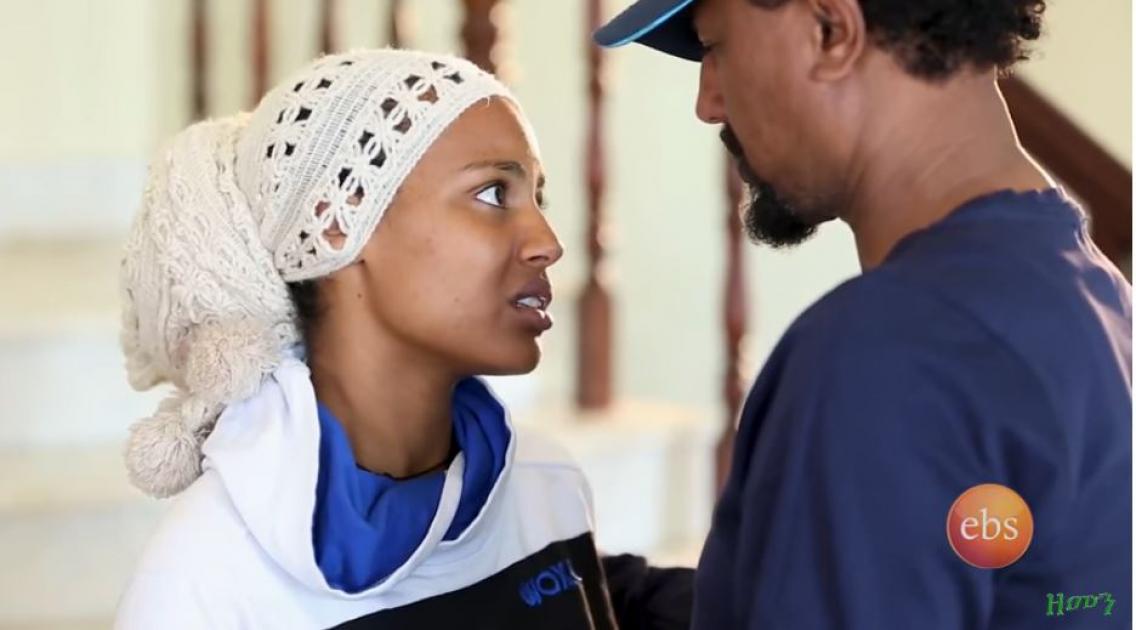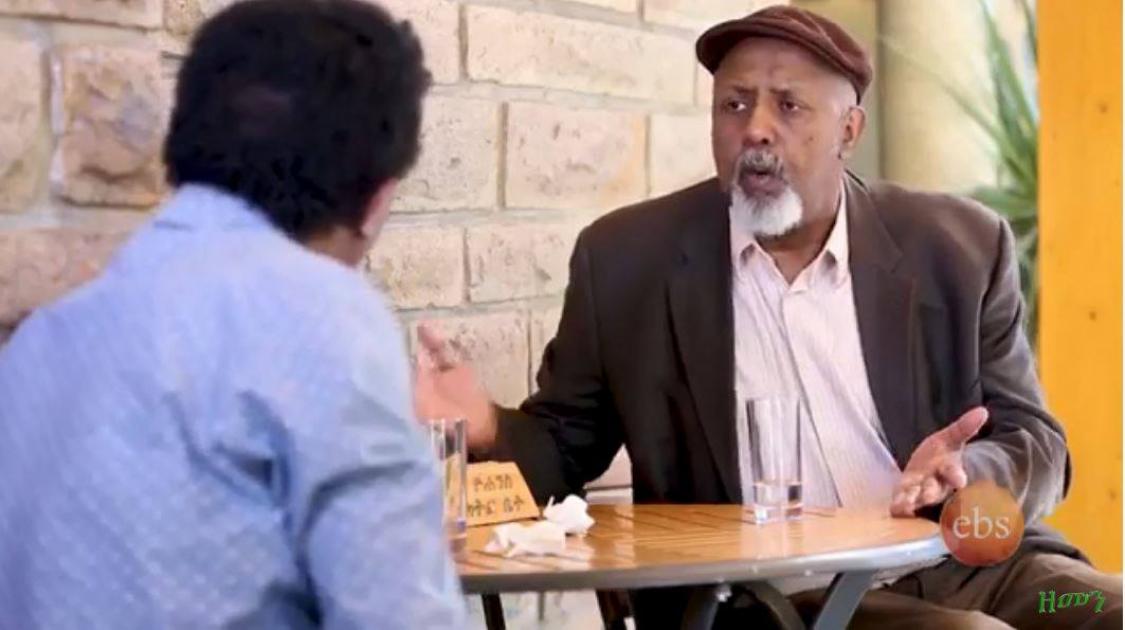What is a Stroke?
Description
Brain stroke, cerebral infarction, apoplexy, stroke - all names mean the same thing:
A sudden circulatory disorder in the brain or bleeding in the brain.
But what happens in a stroke? In 80 percent of all cases, a blood vessel in the brain is closed by a blood clot. The steady flow of blood becomes a trickle, may even dry up completely. The result: brain tissue is suddenly supplied with little or no more blood, so receives less or no oxygen. The cells die off and around 70 percent of stroke patients suffer from long-term consequences such as: As speech disorders or hemiplegia after apoplexy. Rapid help and treatment after a stroke is therefore so important to be able to respond quickly and stop the circulatory disorder or bleeding. The more time passes, ie the longer brain tissue without oxygen remains, the more serious the consequences of a stroke can be.
The most common cause of stroke is a circulatory disorder in the brain due to arteriosclerosis (arteriosclerosis). In the process, lipid metabolites are deposited within the blood vessels and calcification of the blood vessels occurs. These deposits can tear loose and - washed away by the blood stream - z. B. clog smaller arteries in the brain. This circulatory disturbance triggers the stroke because some brain areas are no longer sufficiently supplied with oxygen. Strokes due to a lack of blood flow account for about 80 percent of all strokes.
About 20 percent of all strokes are caused by cerebral hemorrhage , such as triggered by a head
Symptoms & signs of a stroke
A stroke usually occurs suddenly - therefore, there are rarely harbingers that indicate a stroke. The first sign of a stroke is usually an almost unbearable headache, followed by speech disorders, dizziness and dysphagia . All stroke symptoms are triggered by the high rise in blood pressure.
In addition, paralysis, numbness on the face and nausea are typical symptoms of stroke. Not everyone is experiencing all the symptoms, and there are big differences between women and men. Find out more about symptoms, neurological deficits and stroke signs in the article "
Stroke: Test & Diagnosis
Since a stroke does not always have to be accompanied by typical symptoms, it is not always immediately recognizable as such to laymen and affected persons. And yet it is so important to grasp the emergency situation as quickly as possible and call for help. Therefore call for immediate medical help at the slightest suspicion. Then it is important to identify the cause as quickly as possible, ie to find out whether the stroke was triggered by a circulatory disorder or bleeding in the brain. Because only if the cause is clear, the stroke can be treated quickly and effectively. Further information can be found in the article "
Therapy, rehab & treatment of a stroke
Stroke patients who are treated within the first two to three hours after the strokehave the best chance of achieving good rehabilitation . Depending on the cause of the stroke followed by a drug treatment (so-called lysis therapy) to resolve the circulatory disorder) or surgery (to stop the bleeding in the brain and suck blood). Most stroke patients are treated on a separate ward in the clinic, so-called "stroke units".
Stroke usually results in long-term drug treatment to treat the causes of the stroke. In addition, after a stroke, a rehabilitation is very often necessary, in which sufferers often have to learn to speak and walk again, depending on the episode of the stroke.



















